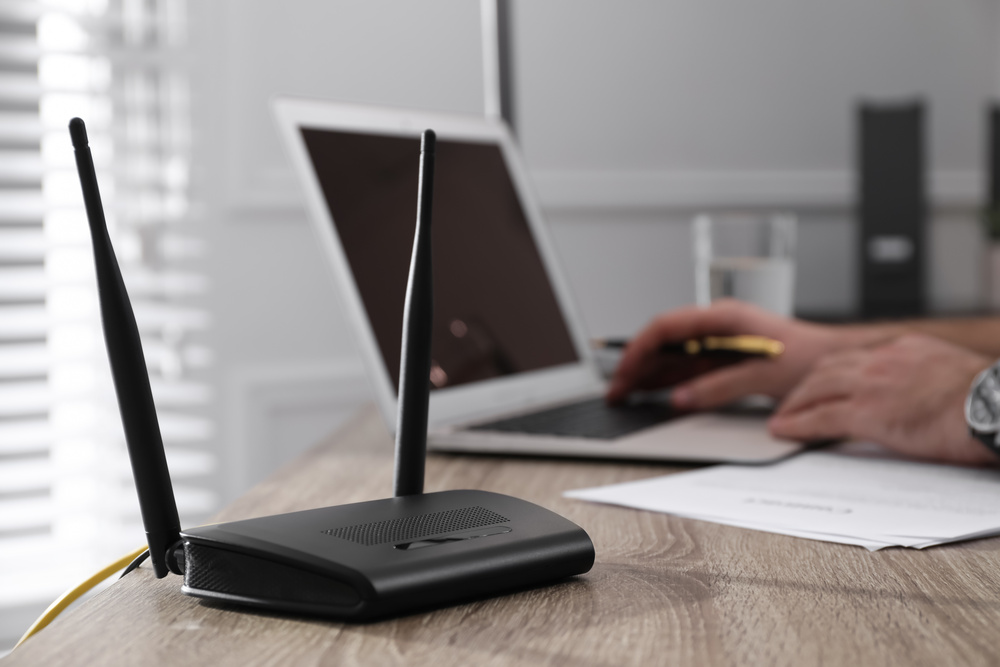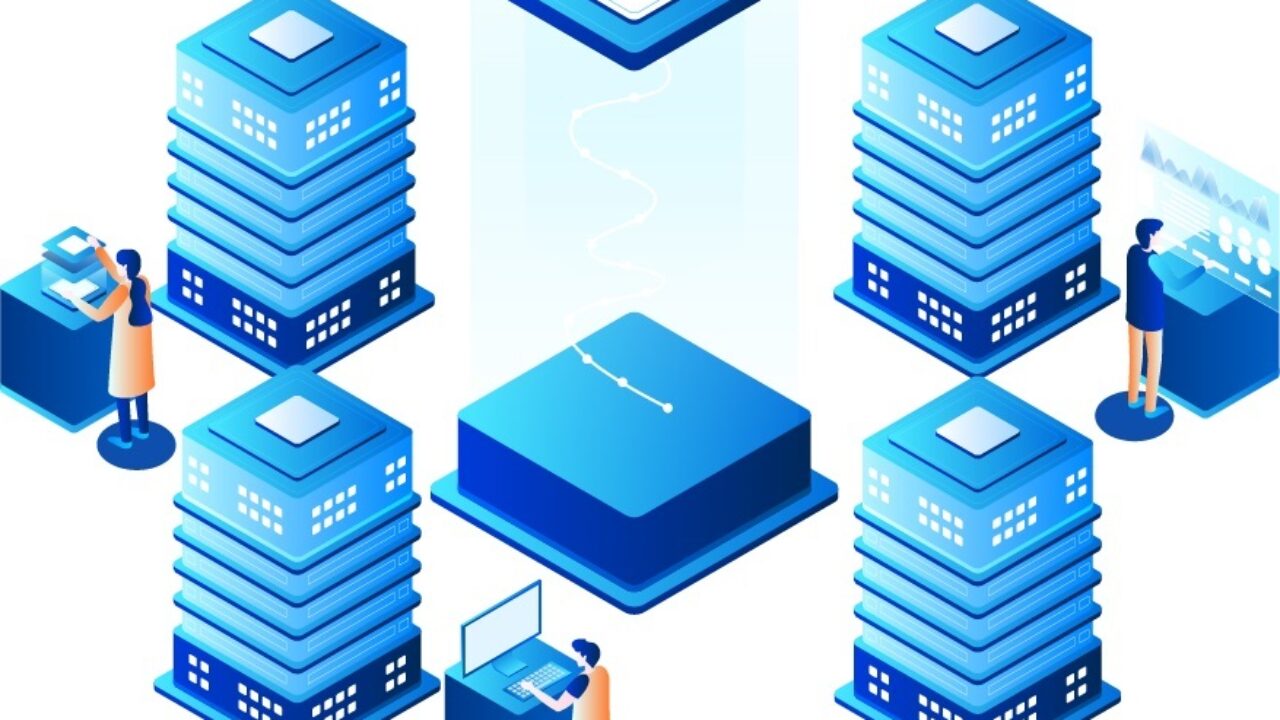Why Cable-Based Broadband Could Go the Way of DSL

Cable-based internet was the hottest ticket in town when America’s cable companies first started offering it. It was light years ahead of DSL and dial-up, both of which relied on low-capacity copper wires to transmit data. Cable offered faster speeds, less latency, and greater reach. Enter fiber-optic broadband.
Fiber-based data transmission isn’t really all that new. The technology has been around for decades. It is just that telecom companies didn’t consider it economically feasible to offer on a wide scale until about seven or eight years ago. But once they opened the door to fiber-optic, they started making huge strides in the competition against cable.
Fiber’s popularity, combined with the emergence of 5G fixed wireless internet, could spell the end of cable within the next 5 to 10 years. Cable could end up going the way of DSL.
Nothing Faster Than Fiber-Optic
To be clear, nothing is faster than fiber-optic for data transfer. At least nothing that we have access to at the current time. Fiber-optic cables are essentially tiny glass tubes through which light passes. Data can be transmitted via light beams far faster than it can travel through electrified copper wires.
No doubt that DSL was an upgrade from dial-up because it made use of the extra copper wires in phone lines that weren’t being used for phone calls. But it was the same kind of copper wire. Cable was an upgrade from DSL, offering a copper wire capable of transmitting more data faster, at farther distances, and with almost no noise. But as fantastic as coaxial cable has been over the years, it still doesn’t hold a candle to fiber-optic.
Fixed Wireless Works Well Enough
Unfortunately, there are still many parts of rural America that don’t have access to either cable-based internet or fiber-optic broadband. For them, fixed wireless works well enough. High-speed rural internet by way of 4G networks is one of the more popular options. Houston’s Blazing Hog is just one of many companies that offer the service nationwide.
The new kid in town is 5G fixed wireless. Its roll-out began in earnest this past summer. No doubt, 5G is noticeably faster than its 4G counterpart. It is also highly directional in nature. That being the case, 5G wireless internet does have its limits.
What does this have to do with cable-based broadband? Everything. If 5G’s proponents are accurate in their predictions, we will eventually stop building out cable and fiber-optic infrastructure in rural areas and instead provide them with internet access via fixed wireless.
No More Need for Cable
Let us assume the fixed wireless plan does come to fruition. Between 5G wireless internet and fiber-optic for wired connections, there is suddenly no longer any use for cable. DSL is undergoing the very same thing right now. DSL has only remained intact because a certain segment of the population still wants landline telephones. But as more and more Americans are replacing landlines with cell phones, there is less of a demand for telephone lines.
Once telecoms stop servicing their landlines, DSL goes away. Not that a lot of people use it now anyway, but the small number who do will have to choose something else. That something else will most likely be fixed wireless.
Cable-based broadband has served America well for more than a decade. It will probably continue to do so for at least a few years yet to come. But eventually, it is likely that fiber-optic will take over the wired market while rural America is served by fixed wireless. We will have no need for cable anymore.











